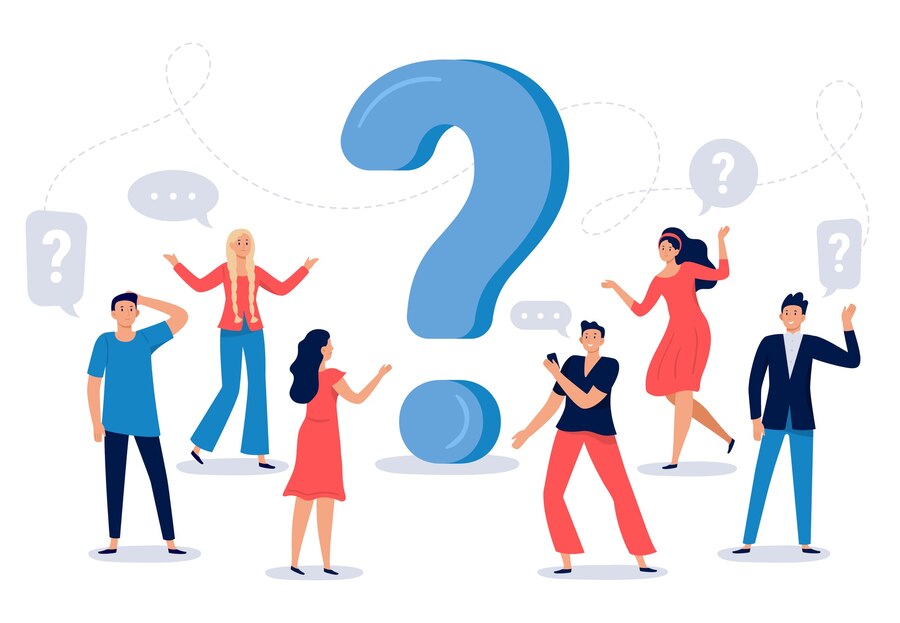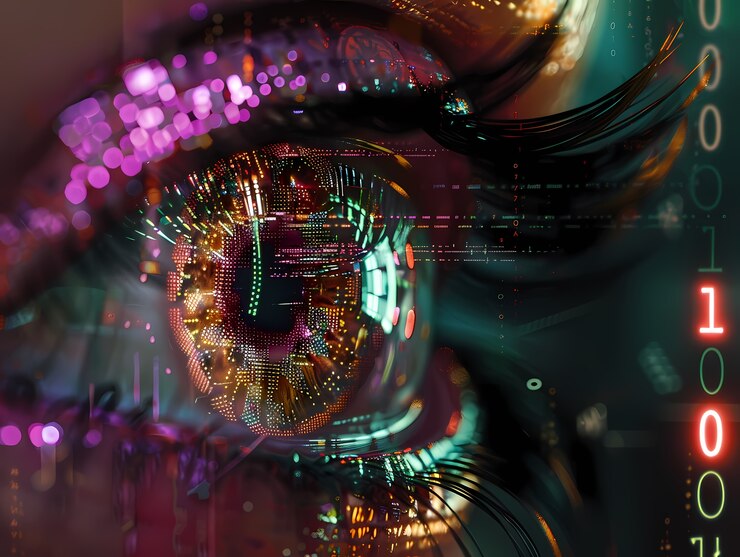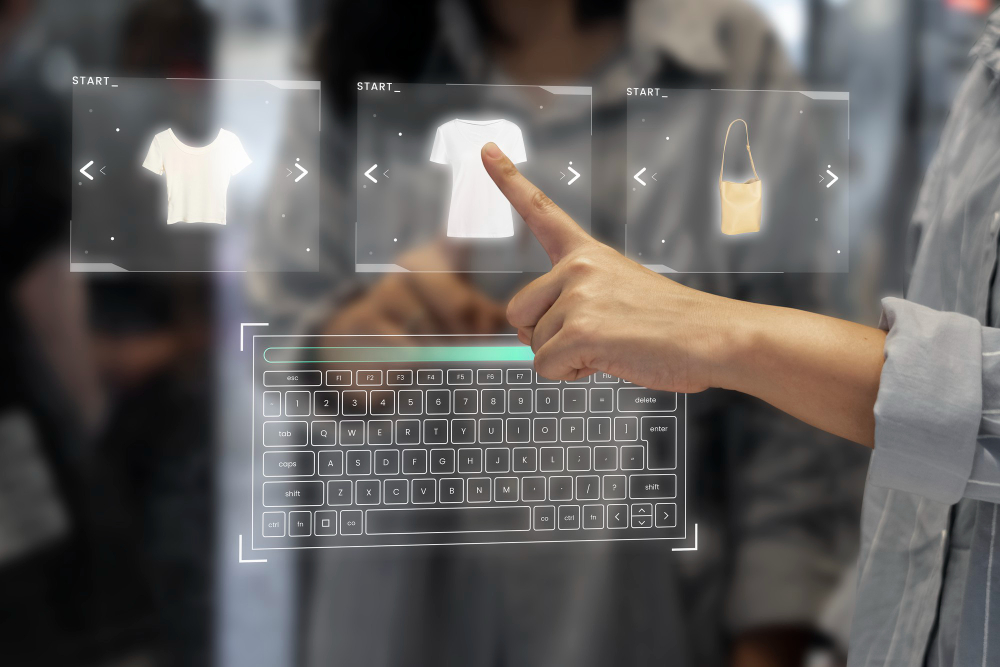Table of contents
Artificial Intelligence (AI) has revolutionized the way machines understand the world, and at the heart of this revolution is Computer Vision—the field that enables machines to “see” and make sense of visual data. From facial recognition on your smartphone to autonomous vehicles identifying road signs, Computer Vision is transforming industries and redefining what’s possible with technology.
In this comprehensive guide, we’ll explore what Computer Vision is, how it works, its real-world applications, and the ethical considerations we must address as the technology continues to evolve.
What is Computer Vision?
Computer Vision is a subset of artificial intelligence and machine learning that enables computers to interpret and understand images, videos, and other visual inputs. Using deep learning models and vast amounts of data, AI systems can detect patterns, identify objects, and even replicate human visual perception to a certain degree.
Unlike traditional image processing, which may rely on rule-based systems, Vision uses data-driven techniques to “learn” from the visual world—improving over time as it processes more examples.
How Computer Vision Works
The process behind Computer Vision involves several layers of AI and machine learning methodologies. Here’s a simplified breakdown:
1. Image Acquisition
It all starts with collecting visual data, whether through cameras, smartphones, drones, or other sensors.
2. Preprocessing
Images are cleaned, resized, or filtered to enhance quality and reduce noise for better analysis.
3. Feature Extraction
Algorithms identify shapes, edges, colors, and textures—essential details that make up an image.
4. Model Training
Using deep learning models, particularly Convolutional Neural Networks (CNNs), systems are trained on labeled datasets to recognize objects and features.
5. Interpretation
The AI makes predictions—such as identifying a cat in a photo, reading license plates, or diagnosing a medical condition based on a scan.
Real-World Applications of Computer Vision
🔍 Healthcare
Computer Vision is used to analyze medical images like MRIs, X-rays, and CT scans. It aids in detecting tumors, fractures, and other anomalies with incredible accuracy.
🚗 Autonomous Vehicles
Self-driving cars rely on Vision to detect pedestrians, traffic signs, and other vehicles, helping them navigate roads safely.
🛒 Retail & E-Commerce
Visual search tools allow users to upload images and find similar products. In-store surveillance and inventory tracking are also enhanced through Vision.
🧠 Security & Surveillance
Facial recognition, motion detection, and suspicious activity monitoring use advanced vision systems to ensure safety and security.
📱 Smartphones & AR
From unlocking your phone with Face ID to applying real-time filters on Instagram, Vision powers many smartphone features.
Benefits of Computer Vision
- Speed and Accuracy: AI can analyze thousands of images in seconds—faster and often more accurately than humans.
- Cost Efficiency: Automating visual tasks can reduce labor costs in industries like manufacturing and logistics.
- 24/7 Monitoring: Unlike humans, AI can continuously monitor visual feeds without fatigue.
- Scalability: Once trained, models can be deployed at scale with minimal adjustments.
Ethical Considerations
As with any AI technology, Computer Vision comes with ethical implications:
- Privacy Concerns: Facial recognition and surveillance tech can invade personal privacy if misused.
- Bias and Fairness: Poorly trained models may exhibit bias, particularly in facial recognition systems that perform better on certain demographics.
- Accountability: When AI makes a visual-based decision, who is responsible for errors or misuse?
Developers and companies must prioritize transparency, inclusivity, and data protection to ensure responsible deployment.
The Future of Computer Vision
The future looks promising for Vision. With advancements in edge computing, 5G, and more powerful AI models, we can expect:
- Improved real-time video analytics
- Enhanced augmented and virtual reality (AR/VR)
- Smarter robotics and automation
- More personalized customer experiences
As AI systems become better at mimicking human sight, we move toward a world where visual understanding is embedded into everything—from smart homes to cities, classrooms, and beyond.
Frequently Asked Questions (FAQs)

Vision is used in applications such as facial recognition, autonomous driving, medical imaging, retail analytics, and augmented reality.
Yes, it is a subfield of artificial intelligence that heavily relies on machine learning and deep learning models.
Modern Vision systems can achieve human-level accuracy in many tasks, especially with large and diverse training datasets.
Common tools include OpenCV, TensorFlow, PyTorch, and cloud-based platforms like AWS Recognition and Google Cloud Vision.
Yes, especially in surveillance and facial recognition. Ethical and legal frameworks are essential to protect individual privacy.
Final Thoughts
Computer Vision is unlocking a new dimension in AI—allowing machines not just to compute but to truly “see.” Its integration across industries is driving innovation, improving efficiency, and opening doors to smarter, more responsive technologies.
As we continue to develop and implement these tools, it’s vital to balance innovation with responsibility, ensuring that Vision works not just for us, but with us—ethically, transparently, and inclusively.





